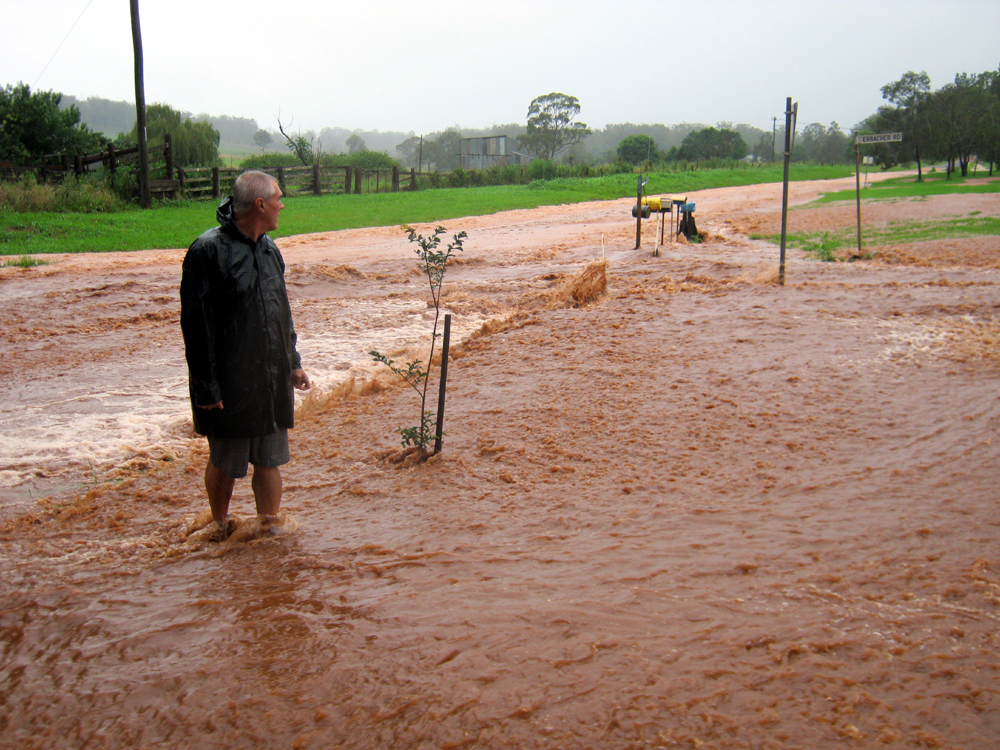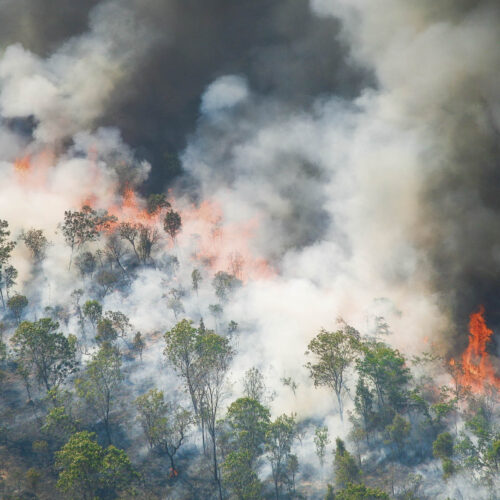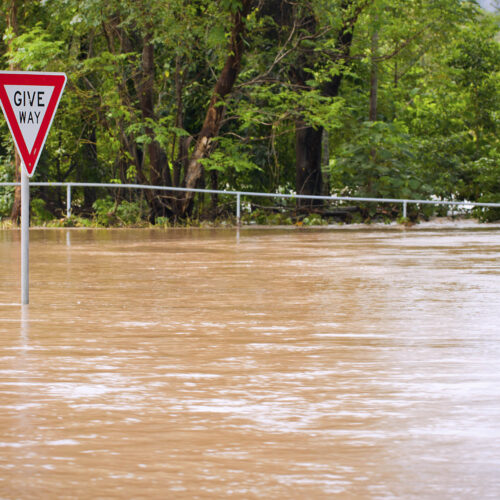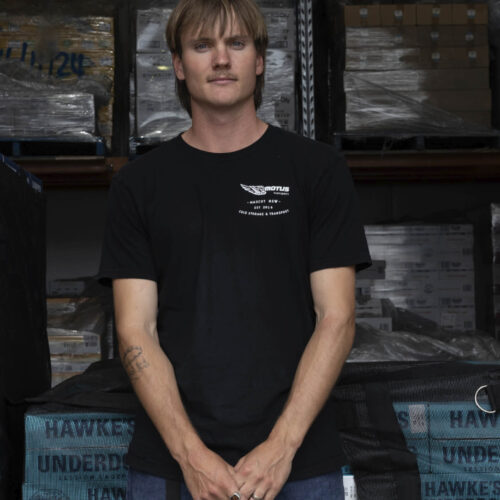Shelter from the storm
2012-12-06T23:20:48+11:00
JUSTIN RUSSELL reflects on the latest round of climate talks at Doha, and the implications of dangerous global warming for gardeners.
It’s getting to be predictable. Like a horribly scratched CD, history is repeating itself in Doha as the latest round of UN climate talks flounder. Once again the conference has become a bun-fight between rich and developing nations, and a consensus appears about as likely as a refreeze of the Greenland ice cap. Worst of all – this latest failure is playing out despite the most dire warnings yet from the scientific community, who say CO2 emissions continue to increase, Arctic permafrost is starting to melt, and as a consequence, we’re hurtling toward an unrecognisable planet that’s up to six degrees warmer than it is today.
How do you stay hopeful in the light of such pole axing news? I think the best option is an each way bet. On the one hand, I remain hopeful that a radical, last minute agreement will be reached at Doha and we’ll be able to limit warming to two degrees. But that’s so unlikely the only prudent thing to do is assume we’re heading toward six, and start forging some kind of plan to adapt. Mitigation might happen, and I hope for my kid’s sake that it does. But for now, my gaze is squarely fixed upon adaptation. How can my family thrive on a planet that’s dramatically more volatile than the one I loved as a kid?
From a gardening point of view, my plan is all about adaptability. The climate in my part of the world is expected to become hotter, drier and overwhelmingly more extreme. Droughts will lengthen, storms will become more intense, floods more severe. What I’m looking for are plants that have a high level of tolerance, which is no mean feat considering the fact no-one is dropping into my lap an extensive list of climate change ready species. Trial and error is playing a role at the moment, along with lots of research. Plants that prefer a narrow range of conditions (cool and damp for example) are being replaced by those with more flexibility.
Once upon a time I had grand visions of creating a showcase garden containing a vast collection of rare plants. Today, my ambitions are more humble. I just want my garden to be nourishing. I want it to be able to feed my family and friends, perhaps provide medicine and fuel, and most profoundly, to be a refuge on this so called unrecognisable planet. A shelter, you might say, from the storm.
Apologies for the gloom, fellow gardeners, but I think it’s time we got serious. If you’re anything like me, gardening isn’t just a hobby, it’s a life lived in harmony with the soil and the seasons. The earth will continue to spin on its axis, but the already capricious task of thriving is about to get a lot harder. It’s time to think about lowering expectations, and adapt.
Photo: Justin’s Dad surveys the aftermath of flooding rain on January 10, 2011.






